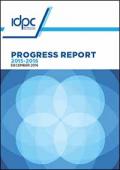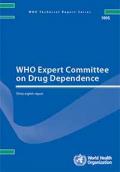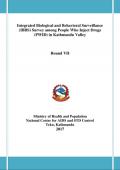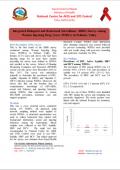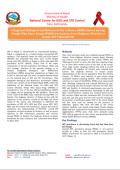Publications on People Who Inject Drugs (PWID)

This is the first round of the IBBS survey conducted among Female Injecting Drug Users (FIDUs) in Pokhara Valley. The females of 16 years and above who had been injecting
drugs for at least three months preceding the survey were defined as FIDUs and enrolled in the survey. School of Planning Monitoring Evaluation and Research (SPMER) carried
out this survey from December 2016 to May 2017 under the leadership of NCASC. The survey was undertaken primarily to determine the prevalence of HIV, Syphilis, Hepatitis B
(HBV) and Hepatitis C (HCV) infection among FIDUs.
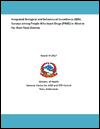
IBBS surveys have been successfully conducted in various rounds in Nepal for the last about a decade among key populations at higher risk for HIV. Different round of IBBS were successfully carried out under leadership of NCASC .Evidences from different rounds of IBBS surveys carried out in Nepal suggest that HIV prevalence is still high among PWID compared to other Key population such as Female Sex workers (PWID) and Male having sex with Male (MSM). This is six round of IBBS surveys among PWID West to Far West Terai Districts.
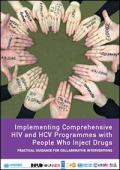
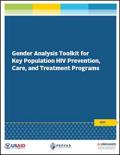
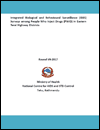
HIV in Nepal is characterized as a concentrated epidemic. Nepal is categorized as a country facing concentrated HIV epidemic. The National Centre for AIDS and STD Control (NCASC) has estimated that there were 39,249 people living with HIV (PLHIV) in Nepal in 2014 with adult HIV prevalence 0.20% (NCASC, 2014). The National HIV/AIDS strategy 2011-2016 has adopted strengthening of the Second Generation Surveillance(SGS) system as one of the key principles of strengthening surveillance of HIV and STI in Nepal.






